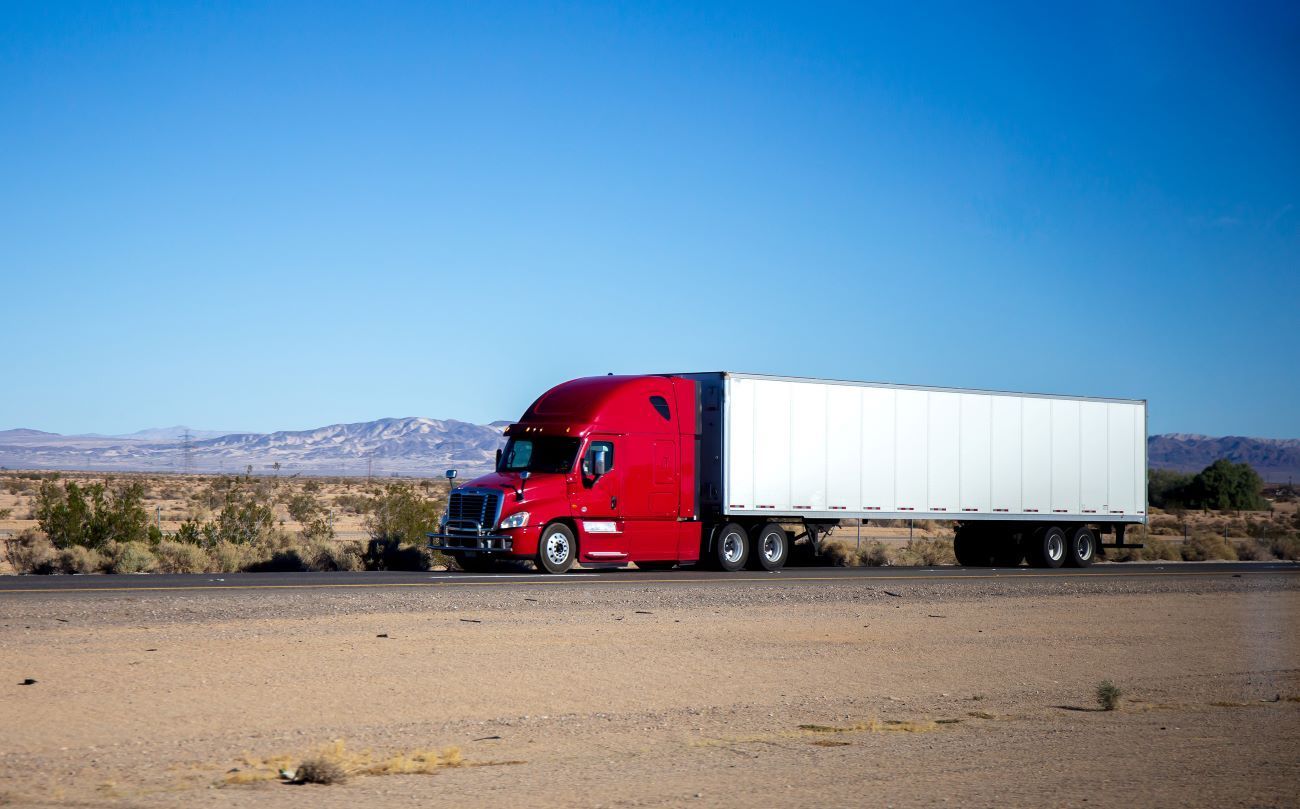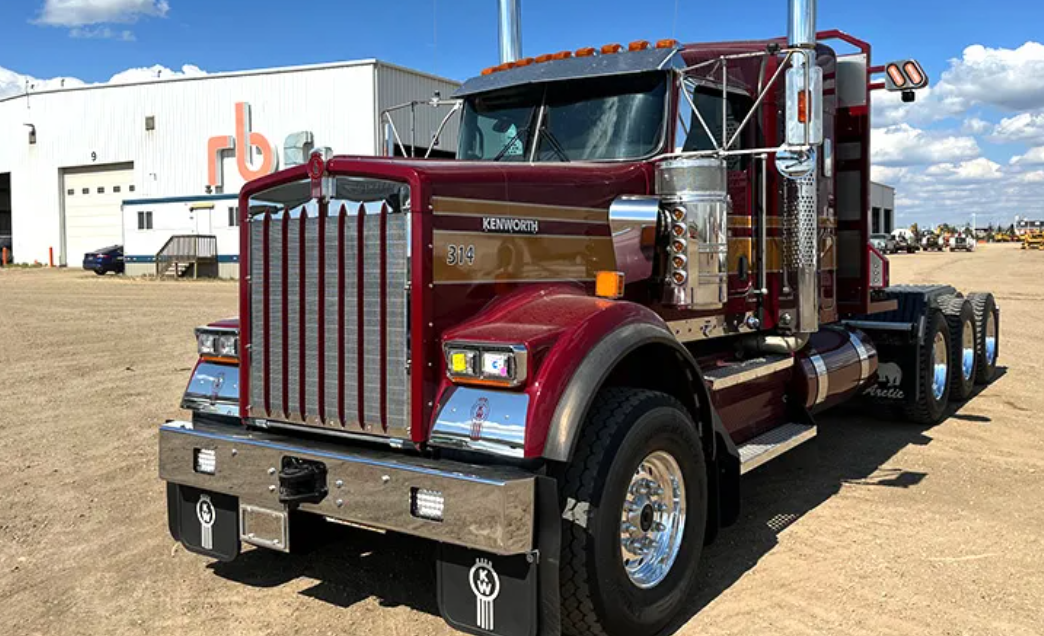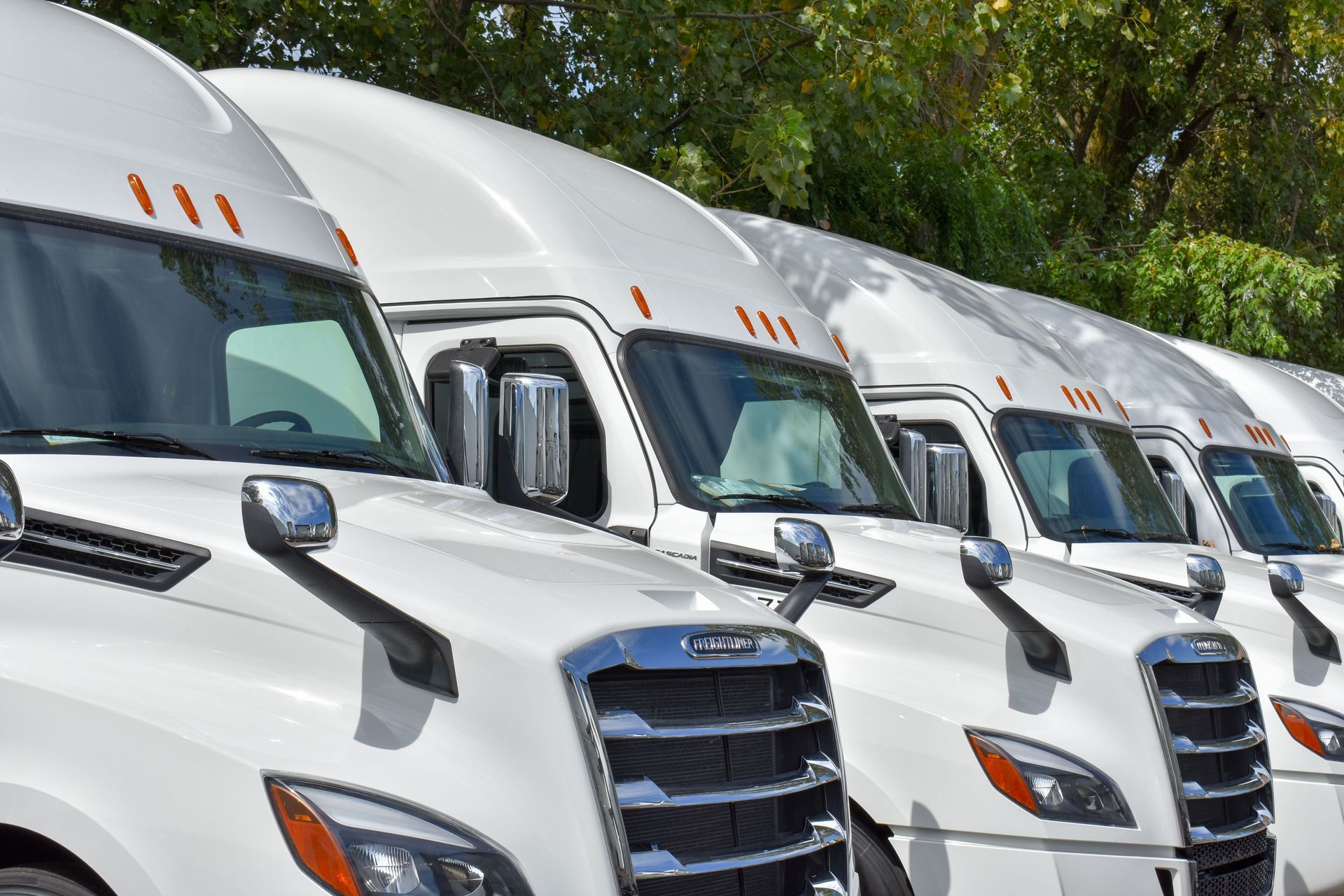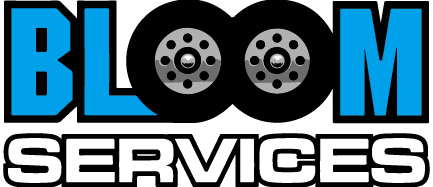Trucking Jake Brake: An Overview and Guide to Its Use
Share this Article:
WRITTEN BY: BLOOM SERVICES

Trucking is a critical component of modern society, as it is responsible for transporting goods and supplies over long distances. To make this process more efficient and safe, truckers rely on various tools and technologies, including the Jake Brake. In this article, we will take a closer look at what a Jake Brake is, how it works, and how to use it correctly.
What is Jake Brake?
A Jake Brake, also known as a Jacobs Engine Brake, is a device that slows down a truck’s engine by converting it into a compression release brake. This brake operates by releasing compressed air from the cylinders of the engine, thereby slowing down the vehicle. The Jake Brake is used primarily when descending steep hills, which can put a lot of strain on a truck’s brakes. By using the Jake Brake, truckers can reduce the wear and tear on their braking system, and make their descent down steep hills safer and more controlled.
How Does a Jake Brake Work?
A Jake Brake works by interrupting the engine’s power stroke, which is the part of the engine cycle where energy is added to the pistons. When the Jake Brake is activated, the exhaust valves are opened earlier in the engine cycle, which allows the compressed air in the cylinders to escape. This release of compressed air creates a braking effect, slowing down the engine and the truck. The Jake Brake can also be adjusted to provide varying degrees of braking force, depending on the driver’s needs and the road conditions.
How to Use a Jake Brake
Using a Jake Brake is relatively straightforward, but it does require some knowledge and understanding of how it works. Here are the steps you need to follow to use a Jake Brake correctly:
- Locate the Jake Brake control: The Jake Brake control is typically located near the driver’s seat, and it is usually a lever or a switch. Make sure you know where it is and how to operate it before you begin your descent.
- Reduce your speed: Before you activate the Jake Brake, make sure you have reduced your speed to a safe level. The Jake Brake is not designed to stop the truck completely, so you should still use your brakes as needed.
- Gradually apply the Jake Brake: Once you have reduced your speed, you can gradually apply the Jake Brake. Start with a low setting, and increase it as needed to maintain a safe and controlled speed.
- Listen to the engine: As you use the Jake Brake, you should listen to the engine and make adjustments as needed. If the engine is making strange noises, you may need to reduce the Jake Brake’s setting or use your brakes instead.
- Use caution: The Jake Brake can be loud, and it may startle other drivers on the road. Use it with caution, and be prepared to react if another driver reacts unexpectedly.
The Jake Brake is a valuable tool for truckers, and it can help make the process of descending steep hills safer and more controlled. By following the steps outlined above, you can use Jake Brake correctly and get the most out of this valuable tool.
Under what conditions should a trucker use a Jake Brake?
A Jake Brake should be used under specific conditions to ensure safety and efficiency on the road. Here are some of the most common conditions when a Jake Brake should be used:
- Descending steep hills: One of the primary uses of a Jake Brake is to slow down a truck when descending steep hills. By reducing the strain on the truck’s brakes, a Jake Brake can make the descent safer and more controlled.
- Maintaining speed control: In some cases, a driver may need to slow down quickly, such as when approaching a sharp curve or a red traffic light. In these situations, using a Jake Brake can help the driver maintain speed control and avoid over-reliance on the truck’s brakes.
- Avoiding brake fade: Brake fade is a condition where the brakes lose their effectiveness due to overheating. This can occur when a truck is descending a steep hill for an extended period of time. By using a Jake Brake, the driver can reduce the wear and tear on the brakes and avoid brake fading.
- Preventing engine damage: In some cases, using the brakes too much can cause engine damage. By using a Jake Brake, the driver can reduce the load on the engine and prevent damage.
It is important to note that a Jake Brake should not be used in all driving situations. For example, it should not be used in areas with heavy traffic, as the loud noise it creates can startle other drivers and cause accidents. Additionally, a Jake Brake should not be used in areas where it is prohibited by law, such as in residential neighborhoods or areas with strict noise regulations. Before using a Jake Brake, a driver should always assess the road conditions, traffic, and legal requirements to ensure safe and responsible use.
Bloom Services, INC
Here at Bloom, we provide Freightliner Cascadias on our Rental and Lease-Purchase Program. They come equipped with powerful inverters, fridges, and an HVAC system that doesn’t require the truck to idle. The Freightliner is one of the most fuel-efficient trucks on the road. If you have a Class A CDL and want to long-haul, Bloom Services is hiring OTR truckers. Our drivers take home $3,000 + a week after all expenses.



